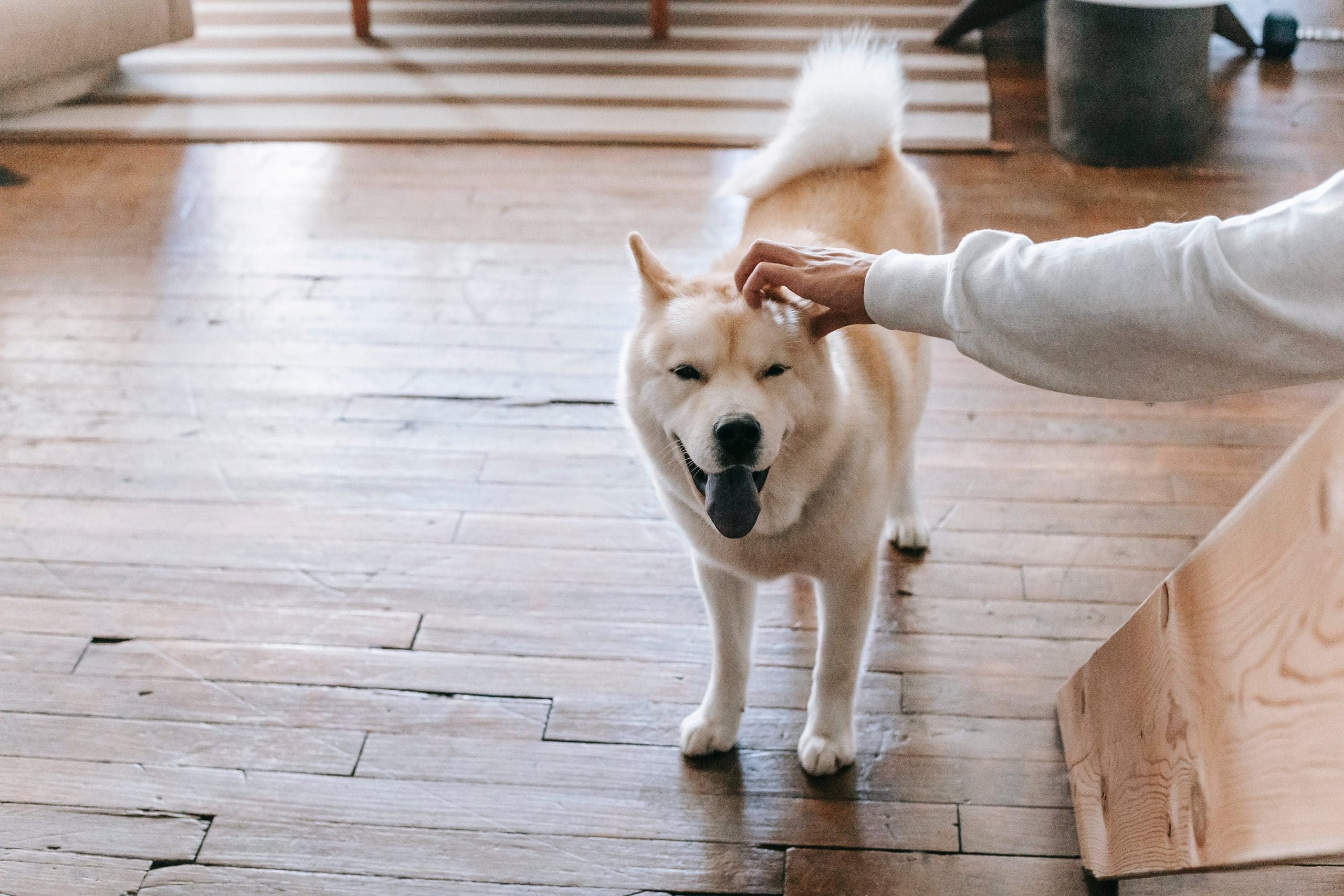Deciding to put a dog down is an emotional struggle for any pet owner. This choice becomes even more challenging when facing a torn anterior cruciate ligament (ACL), a frequent injury in dogs, especially those that are older, overweight, or highly active. It’s crucial to comprehend the condition, available treatment options, and how to evaluate your dog’s quality of life.
The Impact of a Torn ACL
A torn ACL can inflict considerable pain and affect mobility in dogs. This ligament stabilizes the knee joint, and its damage can lead to lameness, swelling, and difficulty walking. Surgery is often recommended to repair the ligament, but not all dogs are suitable candidates for this procedure. Even after surgery, recovery can be prolonged and arduous.
Consulting with a Veterinarian
Before making any decision, a thorough evaluation from a veterinarian is vital. This evaluation will include a physical examination, imaging tests such as X-rays or MRIs, and a discussion regarding your dog’s overall health. Understanding the injury’s extent and the potential outcomes of various treatment options is essential. If surgery is recommended, the veterinarian will explain the procedure, possible complications, and the expected recovery time.
Exploring Treatment Options
Some owners may opt for non-surgical treatments, including physical therapy, medication, or weight management. While these methods can be beneficial for some dogs, they may not provide the same stability or pain relief as surgery. For older dogs or those with additional health concerns, non-surgical options might be more appropriate. However, realistic expectations are crucial, as ongoing therapy and lifestyle adjustments can be demanding for both the dog and the owner.
Evaluating Quality of Life
Assessing your dog’s quality of life is paramount. This involves considering physical comfort and the ability to engage in daily activities. Dogs thrive on interaction, play, and walks; if your dog is in constant pain, struggles to move, or has lost interest in previously enjoyed activities, it may be time to reconsider their situation.
Monitor your dog’s behavior closely. Look for signs of pain, such as yelping, reluctance to move, or changes in appetite. If your dog appears to be suffering more than enjoying life, it may indicate that their current condition is unsustainable. Ask yourself: Is my dog able to eat and drink normally? Can they engage in activities they love? Can they move without significant pain? If the answers are mostly negative, it’s important to discuss these concerns with your veterinarian.
Considering Long-term Complications
A torn ACL can lead to arthritis or other joint issues if not managed properly. Even with surgery, some dogs may not regain full mobility or may experience chronic pain. The prospect of ongoing medical treatment, including pain management and physical therapy, can create emotional and financial burdens for pet owners. It’s essential to weigh these factors against your dog’s current and future quality of life.
The Emotional Toll of Decision-Making
Choosing to put a dog down is never straightforward and often brings forth feelings of guilt, sadness, and uncertainty. You may question whether you are making the right decision or if there is still hope for your dog. Trust your instincts and the information you have gathered from veterinary consultations.
If euthanasia is the chosen path, consider making arrangements in advance. Many veterinarians offer at-home euthanasia, allowing your dog to be in a familiar and comfortable environment, which can be a more peaceful experience for both you and your pet. Include family members in this process so everyone can say goodbye in a manner that feels right to them.
Allowing Space for Grief
After the decision, permit yourself to grieve. Losing a pet is akin to losing a family member, and profound sadness is a normal reaction. Reach out to friends, family, or support groups that understand the bond you had with your dog. Sharing your feelings can help ease the burden of grief.
Age and Health Factors
The timing of this decision may also depend on your dog’s age and overall health. Older dogs with multiple health conditions might face shorter recovery times and lower chances of successful outcomes after surgery. Conversely, younger dogs with a torn ACL may have better recovery prospects, making aggressive treatment more justifiable.
Financial Considerations
The costs associated with treatment can also weigh heavily on the decision. Surgical interventions can be expensive, and ongoing care for a dog with a torn ACL can accumulate quickly. If finances are a concern, having an open discussion with your veterinarian about your budget is essential. Many animal hospitals provide payment plans or can direct you to organizations that offer financial assistance for pet medical care.
Prioritizing Your Dog’s Well-being
Regardless of the circumstances, the bond with your dog is profound. They depend on you for care, comfort, and love. When faced with difficult decisions, remember that your dog’s well-being is paramount. The choice to end a dog’s suffering is ultimately about ensuring they find peace.
Navigating this challenging situation is deeply personal. Each dog and family is unique, and what works for one may not work for another. Trust your intuition and lean on your veterinarian for support. Prioritizing your dog’s quality of life and maintaining open communication with veterinary professionals is essential during this emotional time. Your love for your dog will be evident in every decision, ensuring their comfort and happiness remain at the forefront.



